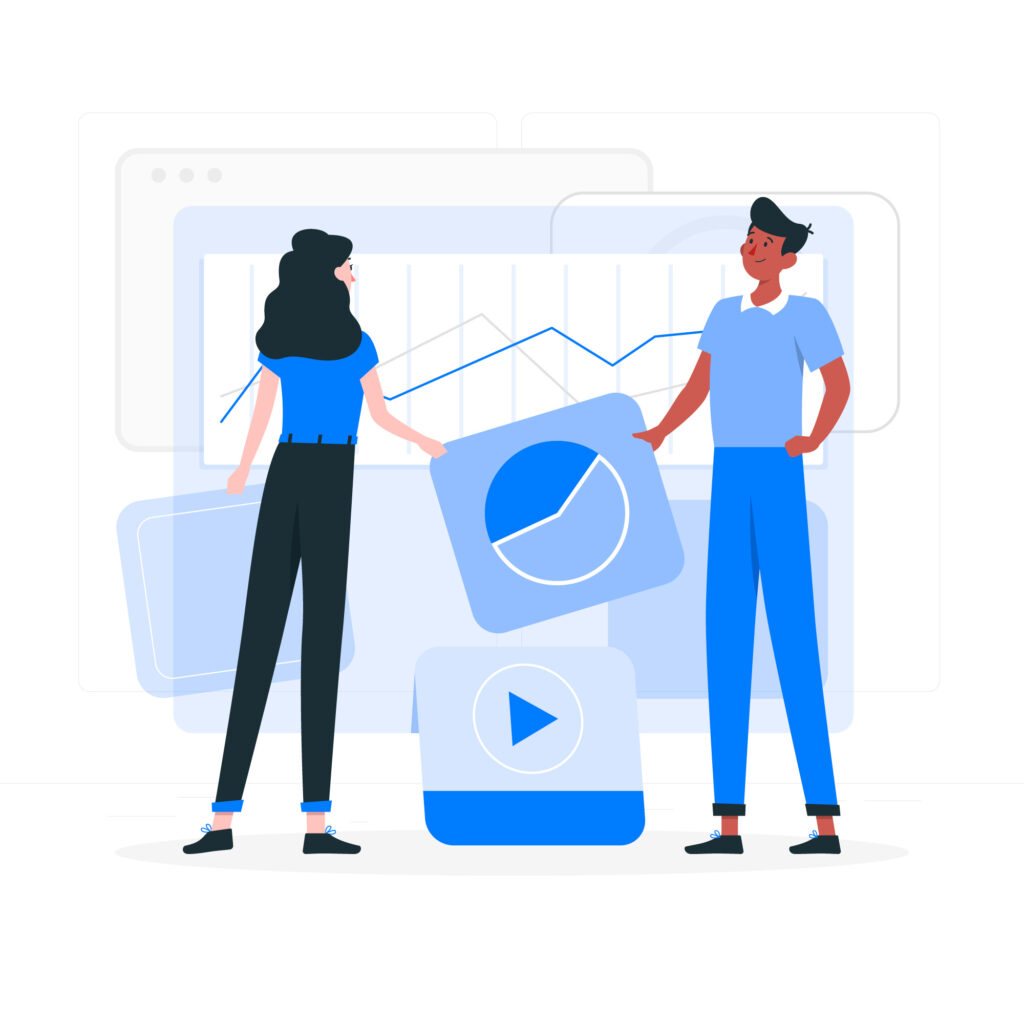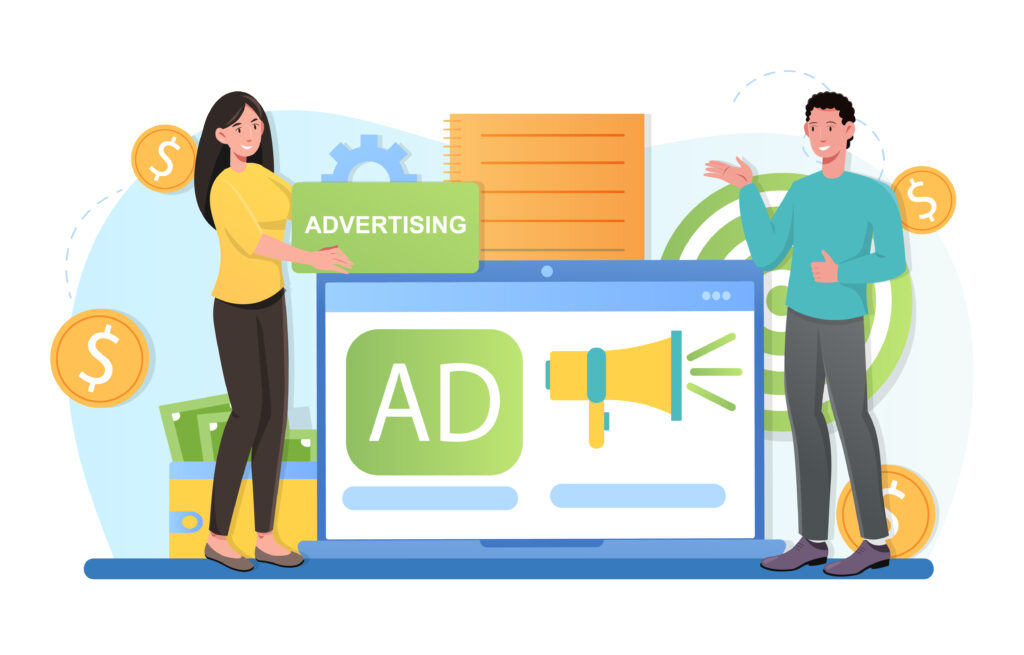Google Ads / How To Use Google Ads
How To Use Google Ads
Understanding Google Ads Setup
Google Ads lets businesses show targeted ads on Google search results, YouTube, and the Google Display Network. Choosing the right keywords, bidding strategy, and ad format helps businesses reach potential customers.
In fact, 63% of users click on paid search ads when they’re looking to make a purchase.
Google Ads helps businesses maximize their reach with precise targeting options. Research shows that 75% of users don’t scroll beyond the first page of search results. So, it’s vital for businesses to rank at the top. With Google Ads, you can bid for top spots in search results.
This helps you stay visible when customers search for your products or services. Also, 40% of online revenue comes from paid search ads.
Google Ads is great at increasing sales and generating leads for businesses.

Key Elements of Google Ads Campaigns
To set up a Google Ads campaign, you need to define your goals, choose relevant keywords, create compelling ads, and set your budget.
Campaigns run on a pay-per-click (PPC) model, meaning you only pay when someone clicks your ad.
Businesses with optimized Google Ads campaigns see an average of 200% return on ad spend (ROAS).
Steps to Set Up Google Ads Campaign
To set up a Google Ads campaign, define your campaign goals, select relevant keywords, create compelling ads, set your budget, and monitor performance regularly.
- Keyword Selection: Choose keywords related to your business to target users actively searching for your products or services.
- Targeting Options: You can target users based on their location, device, and time of day to maximize your ad visibility.
How to Use Google Ads Effectively
From What are Google Ads to Know how to use Google Ads Effectively, we got you covered! To use Google Ads effectively, ensure your keywords match your business goals and target audience.
Ads should include clear, compelling calls to action that guide users toward conversion.
A Google study found that businesses make about $8 for every $1 spent on Google Ads. This shows how effective it can be when used right.
Regularly optimizing your campaigns based on performance data is key to maximizing results.
Using the right strategies, Google Ads can increase your website traffic, increase conversions, and drive sales.


Maximizing Your Ad Budget
By monitoring your ad performance regularly, you can adjust your budget for maximum impact. Set daily or monthly limits to ensure you don’t overspend.
WordStream says that businesses can save up to 20% on their Google Ads budget. This helps them get a better return on investment (ROI).
Moreover, Google Ads’ bidding system allows you to set your cost per click (CPC) based on your budget, ensuring you only pay for valuable clicks.
Best Practices for Using Google Ads
A professional Google Ads Agency follows the best practices for Google Ads and so should you! Target the right audience. Test your ad copy often. Use negative keywords. Also, optimize landing pages. This will improve ad performance and increase ROI.
- Use Negative Keywords: Filter out irrelevant traffic by adding negative keywords to avoid wasting ad spend.
- Refine Your Targeting: Use demographic and location targeting to focus on high-conversion areas.
- Use Ad Extensions: These provide additional information like location or contact details, increasing ad visibility and CTR.
- Test Ad Copy: Continuously A/B test your ads to determine which copy performs best.
- Use Remarketing: Remarketing ads help re-engage past visitors, increasing conversions by 160%.


Types of Google Ads Campaigns
Google Ads provides search, display, video, and shopping campaigns. Each type helps businesses reach their target audience. They use different ad formats and platforms.
- Search Ads: Appear on Google’s search engine results pages (SERPs) when users search for your keywords.
- Display Ads: Show up on websites across Google’s network, helping you target users while they browse other content.
- Video Ads: Utilize YouTube to reach users with engaging video content.
Why You Should Focus on Effective Keyword Targeting
Choosing the right keywords helps your ads reach users searching for relevant products or services. This increases quality traffic and conversions. It also helps you use your ad budget wisely.
- Relevance: Focus on high-intent keywords to reach users who are actively searching for your products.
- Budget Efficiency: The right keywords reduce wasted spend and bring qualified leads.
- Impact on Quality Score: The more relevant your keywords are, the higher your Quality Score, leading to better ad placement and lower CPC.
Focusing on effective keyword targeting ensures that you reach the most relevant audience, making your campaigns more cost-effective and impactful.


Common Mistakes to Avoid When Using Google Ads
Avoid broad match keywords. Don’t forget negative keywords. Optimize landing pages fully. Track conversions to prevent wasted spending and missed chances.
- Not Using Negative Keywords: Failure to exclude irrelevant keywords can lead to wasted clicks.
- Ignoring Mobile Optimization: With 56% of Google Ads traffic coming from mobile, ads must be optimized for mobile devices.
- Not Tracking Conversions: Always set up conversion tracking to measure the effectiveness of your campaigns.
- Setting Broad Match Keywords: Broad match keywords can attract irrelevant traffic, increasing your CPC.
- Skipping Ad Testing: Not testing different ad variations can result in missed opportunities for better performance.
- Underestimating Budget: Insufficient budgets can prevent your ads from reaching enough potential customers.
- Failing to Optimize Landing Pages: Ads without optimized landing pages can drive traffic but fail to convert.
Google Ads Key Metrics You Should Track
Monitor key metrics such as click-through rate (CTR), cost per click (CPC), conversion rate, return on ad spend (ROAS), and quality score. These will help you assess and improve your campaigns’ performance.
- CTR (Click-Through Rate): Measures how often people click your ad. The average CTR for Google Ads is 3.17%.
- CPC (Cost Per Click): Determines how much you pay for each click. The average CPC across industries is $2.69.
- ROAS (Return on Ad Spend): Measures how much revenue you earn for every dollar spent. The average ROAS for Google Ads campaigns is 400%.
- Conversion Rate: Shows how many users take a desired action after clicking your ad. The average conversion rate is 4.4%.
- Impressions: The total number of times your ad is shown to users.
- Quality Score: Google’s rating of your ads, affecting your ad placement and CPC.
- Cost Per Acquisition (CPA): Measures how much it costs to acquire a new customer via Google Ads.


How to Effectively Use Google Ads for Products
When promoting products through Google Ads, ensure your ads highlight key features and benefits.
Use product-specific keywords and set up product feeds for Shopping Ads.
Google Ads for products can lead to a 30% increase in sales for e-commerce businesses when used effectively.
Internal Linking Recommendations
- How to use Google Ads effectively: Learn how to maximize your ad spend and increase ROI.
- How to effectively use Google Ads: Discover tips for managing campaigns and driving more qualified traffic.
- How to effectively use Google Ads for products: Target product searches and increase eCommerce conversions.

How to Use Google Ads for Different Business Goals
Google Ads can be customized for different objectives, including driving website traffic, increasing brand awareness, or generating leads.
By adjusting your targeting, ad format, and bidding strategy, you can customize your campaign to meet your specific business goals.